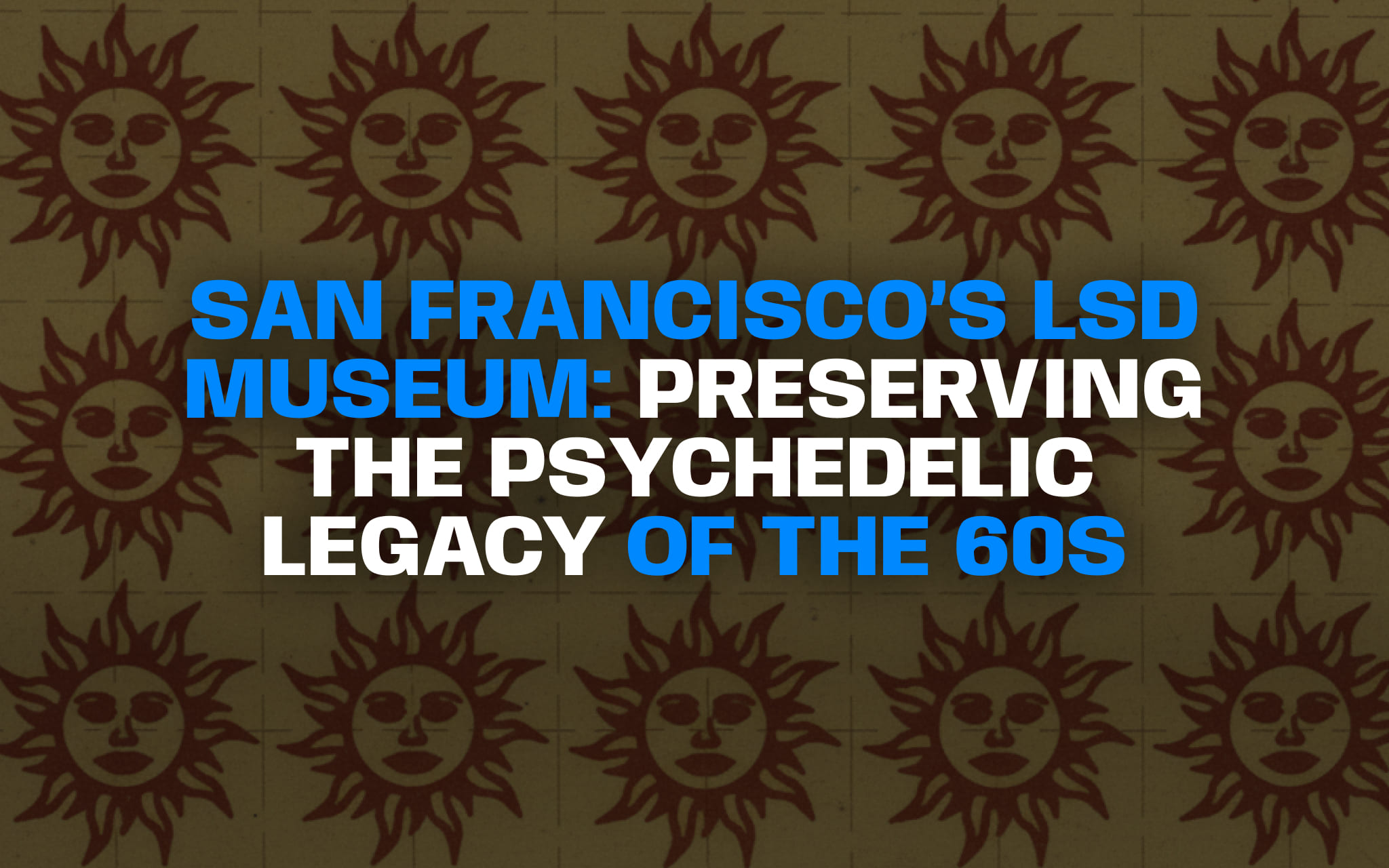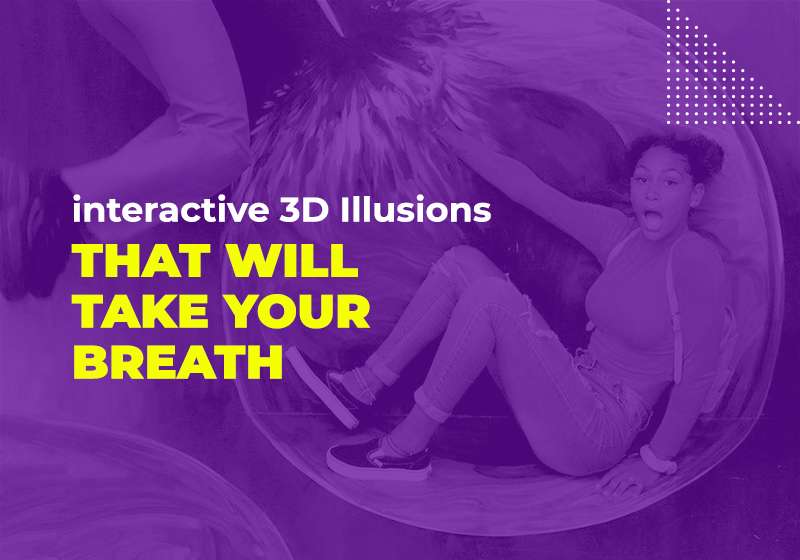
Every square inch of blotter paper carries a story, and the LSD Museum turns these tiny canvases into gateways to the counterculture movement of the 1960s. Officially called the Institute of Illegal Images, it is most commonly referred to as the LSD Museum. Visitors are introduced to the fascinating world of blotter art, a form that once served a practical role but is now revered as a legitimate artistic expression. The focus is not on promoting substances but on preserving the vibrant creativity that flourished when paper squares became a medium for imagination.
The LSD Museum presents this art as more than just artifacts; it frames them as cultural markers that reveal the aesthetic and political tensions of their time. Each sheet, often just a few millimeters wide, embodies psychedelic designs, symbolic figures, and daring experiments in visual communication. By transforming ephemera into enduring art, the museum bridges the worlds of counterculture and fine art, showing how underground creativity found permanence.
What makes the LSD Museum unique is its ability to highlight how something once disposable became a record of history. It emphasizes the importance of context—how the designs spoke to identity, rebellion, and artistic innovation. Here, blotter art is carefully detached from its original function and elevated to the realm of cultural preservation, giving today’s San Francisco audiences a chance to see an era crystallized in ink and paper.
The Collector and the Institute of Illegal Images
Behind the Institute of Illegal Images stands Mark McCloud, a SF artist and historian who built what is widely considered the largest blotter art collection in existence. His project, known as the Institute of Illegal Images, houses over 33,000 sheets—an astonishing visual archive that captures the evolution of underground art linked to LSD. His dedication transformed private collecting into a public resource for understanding a hidden dimension of the 1960s.
McCloud’s collection does not simply showcase aesthetics; it underscores the ingenuity of creators who developed unique designs for blotter sheets. These artists produced everything from intricate mandalas to comic characters, each sheet reflecting both the psychedelic spirit of its time and the ingenuity of underground printmakers in San Francisco. The Institute of Illegal Images demonstrates how fragile scraps of paper became lasting symbols of counterculture movements.
The Institute of Illegal Images contextualizes this collection within a broader narrative of art history. Visitors encounter pieces that were never meant to endure, yet now function as a time capsule of creativity. Through McCloud’s efforts, blotter art gains legitimacy, ensuring that these images are preserved for study and appreciation. His work also highlights how SF became a central hub for art, music, and social experimentation during the psychedelic era.
Artistry and Design of the Blotter Sheets
The artistry found within the Institute of Illegal Images captures the imagination with dazzling intensity. Sheets feature surreal landscapes, kaleidoscopic geometry, and imagery ranging from pop culture icons to spiritual symbols. Each design served a dual role—both decorative and practical—helping identify the origin of a sheet while also appealing to those drawn to its aesthetic.
Blotter art thrived on color and repetition, often using symmetrical patterns to evoke the hallucinatory experiences associated with LSD. The sheets are small, yet their impact is enormous, transforming ordinary paper into an accessible canvas for bold creativity. Some designs referenced mythology, others political commentary, while many reflected the cosmic curiosity of an era exploring consciousness in San Francisco.
At the LSD Museum, visitors discover how this visual language intersected with wider artistic trends of the 1960s and beyond. The art connects with psychedelic concert posters, album covers, and experimental film, all part of a cultural explosion in which San Francisco played a leading role. Displayed together, these fragments of paper create a larger story about how design shaped the identity of an entire generation.
Preservation, Display, and Legal Behind-the-Scenes
Preserving blotter art requires meticulous care, and the Institute of Illegal Images ensures that each piece is treated with respect. Sheets are often mounted in archival binders or framed under glass, sometimes exposed to light to neutralize any trace of LSD. By removing any chemical presence, these works are firmly situated as art, free from controversy over their original purpose.
The process of framing and storing these sheets transforms them from fragile counterculture relics into durable museum-quality exhibits. Visitors can view the artwork up close in San Francisco, appreciating the fine details of printing and design. The museum demonstrates that while blotter sheets were once considered disposable, their survival today owes much to careful preservation and scholarly intent.
The history of the LSD Museum is also shaped by legal narratives. McCloud faced scrutiny in the past, but the recognition of blotter art as cultural material has strengthened its legitimacy. The museum’s existence proves that controversial objects can be reframed through art and history, offering value to future generations without condoning or encouraging their original use.
Interactive Echoes: Museum of 3D Illusions in San Francisco
The immersive qualities of blotter art find a modern echo in the Museum of 3D Illusions in San Francisco, where perception and creativity collide in spectacular ways. Here, guests can step into oversized scenes painted by skilled artists, producing photos that blur the line between reality and fantasy. One scenario places you balancing along the razor-thin ledge of a mountain cliff, creating the sensation of vertigo without leaving the gallery.
Another setting lets visitors float skyward among a vivid swarm of balloons, their colors filling the walls in a playful challenge to gravity. A third transports you into a shadowed castle passage, a corridor painted to evoke mystery and magic, as if one had wandered into a storybook world. These imaginative environments mirror the LSD Museum’s ability to engage audiences with art that alters perspective.
Alongside these painted illusions, the venue also features Smash It!, where participants write their frustrations and pains on ceramic plates before shattering them in a cathartic burst of energy. Together, the Museum of Illusions and Smash It show how interactive art in SF continues to explore altered states—not chemically, but through visual trickery, physical engagement, and the joy of shared experience.
Why This Collection Matters Today
The Institute of Illegal Images offers more than nostalgia; it provides insight into the role of art in social movements. These blotter sheets reveal how creativity intersected with resistance, joy, and experimentation, making them essential artifacts of cultural history. By preserving them, the museum helps current and future generations understand the power of art to define an era.
San Francisco remains central to this story, a city where art and activism repeatedly converge. The LSD Museum highlights this continuity by showing how one form of underground creativity became part of a broader cultural memory. What began in secret has transformed into a legitimate field of study, drawing attention from art historians, collectors, and the public alike.
For today’s visitors, the museum illustrates how even the smallest objects can carry immense cultural significance. By connecting the past with present discussions about art, memory, and freedom, the museum ensures that the legacy of blotter imagery endures in San Francisco. In doing so, the LSD Museum not only preserves history but also demonstrates the enduring relevance of artistic expression rooted in both creativity and rebellion.
FAQ
How does the LSD Museum preserve its collection?
The museum stores sheets in archival binders or frames, neutralizing any remaining substance while protecting the artwork. This ensures the material is treated strictly as art. By safeguarding thousands of pieces, the LSD Museum in San Francisco preserves an important part of counterculture heritage for future generations.
Are there related interactive experiences in SF?
Yes. The Museum of 3D Illusions in SF offers immersive exhibits that play with perspective, much like blotter art challenges perception. Visitors can explore giant painted illusions and try Smash It, an interactive experience where art and participation merge, echoing the imaginative spirit celebrated at the LSD Museum.


